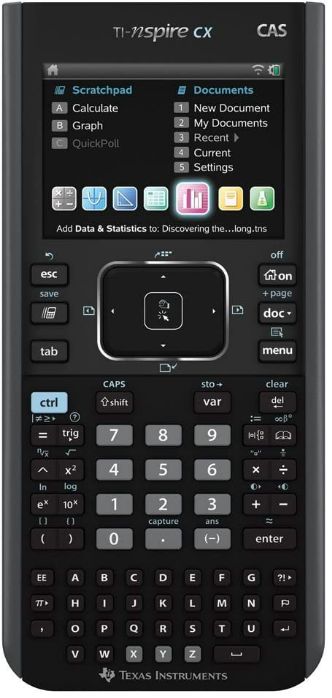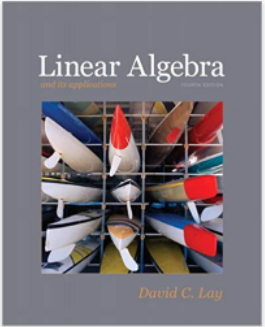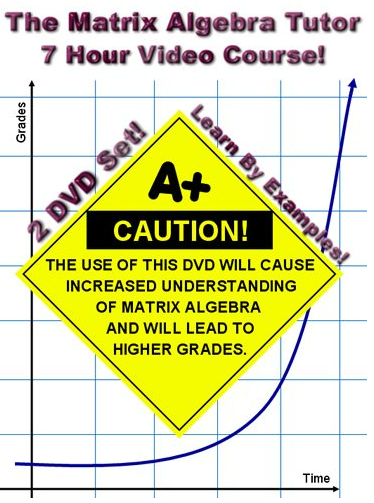The book is good in that it does not just dive into the calculus material. The first 8 chapters (about 120 pages or so) are a review of algebra and trigonometry, making sure you have the fundamentals down in case you need to brush up on them, and then it gets into the calculus material. The calculus material covers all of the topics that you will be exposed to in the first year of calculus (which in most schools is split up into two semesters, one focusing on derivatives and one focusing on integration), starting with limits and ending with using integration techniques on sequences and series problems. It also goes over the introduction to differential equations that students usually get in the second semester, and has good examples for solving related rates problems and optimization problems.
This does not cover multivariable calculus, linear algebra, or the more complicated differential equations problems you will get in later classes if you need to go beyond Calc I and II. This will, however, definitely help you get through the first year of calculus, especially if you have a hard time understanding your textbook and/or your teacher.



















